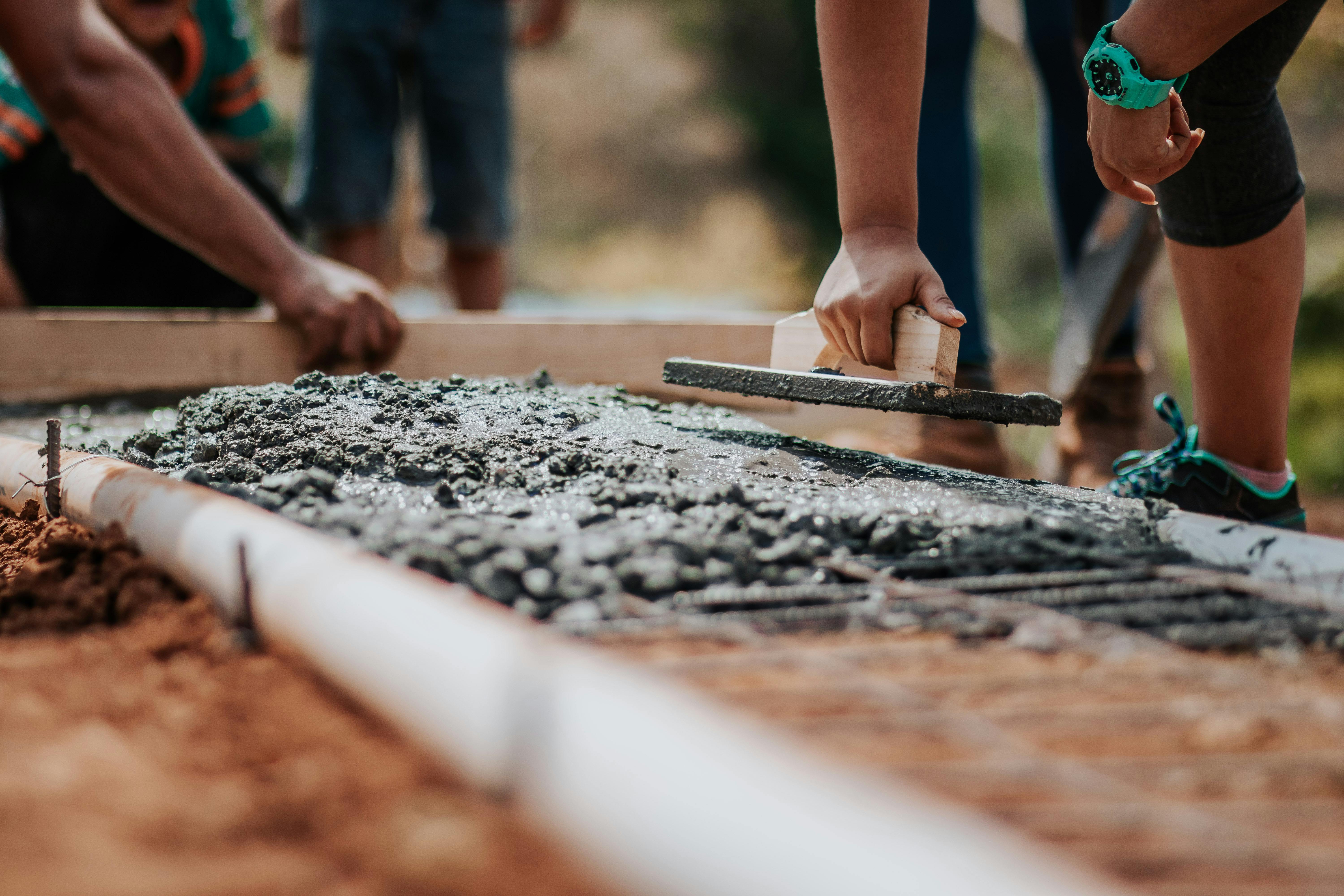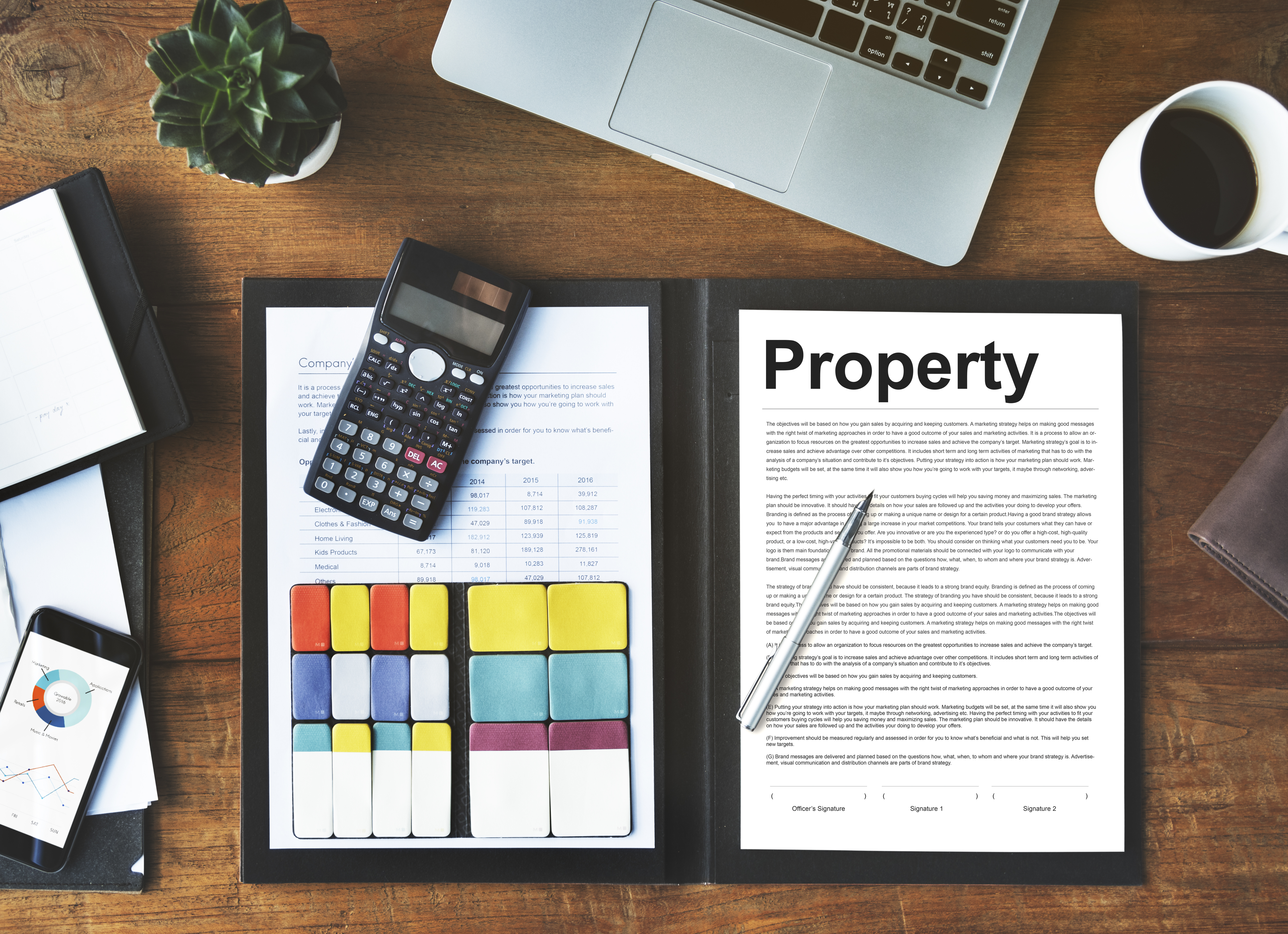Community-Focused Development:- Why It Matters.
Did you know that communities with strong local engagement and well-planned development see property values increase by up to 25% compared to areas...
6 min read
Norus Blog : Jun 27, 2024 2:50:24 PM

The landscape of property development is in a constant state of flux, driven by evolving technologies, changing market dynamics and growing societal demands. Staying ahead of emerging trends is crucial for developers looking to remain competitive in this dynamic industry. As we look ahead to the next decade, transformative changes are anticipated to reshape the way we approach property development.
In today's world, where environmental sustainability has become a paramount concern, property developers are taking significant strides towards integrating renewable energy sources into their projects. This commitment to sustainable and green development is reshaping the landscape of modern developments, with features such as solar panels and EV parking becoming increasingly commonplace.
Solar panels, in particular, have emerged as a standout feature in sustainable developments. By harnessing the power of the sun, these panels generate clean, renewable energy that can be used to power homes and buildings, reducing reliance on non-renewable resources and lowering carbon emissions.
In addition to renewable energy generation, sustainable developments are prioritising energy-efficient building designs. This includes implementing strategies such as optimal insulation to minimise heat loss and reduce the need for heating and cooling, as well as maximising natural lighting to reduce reliance on artificial lighting sources. By adopting these design principles, developers are not only reducing their environmental impact but also creating healthier and more comfortable living environments for residents.
Moreover, sustainable developments are embracing the concept of holistic sustainability, considering factors such as water conservation, waste management and green spaces. Rainwater harvesting systems, greywater recycling and sustainable landscaping practices are just a few examples of how developers are striving to minimise resource consumption and promote environmental stewardship.
Technological advancements have become the cornerstone of modern property development, revolutionising the industry in unprecedented ways. The fusion of cutting-edge technologies with real estate practices is reshaping how properties are conceptualised, designed and experienced by buyers and tenants alike.
At the forefront of this revolution are Artificial Intelligence (AI) and Big Data analytics, which are empowering developers with invaluable insights into market trends and buyer preferences. By analysing vast amounts of data, AI algorithms can predict market trends, forecast property values and identify investment opportunities with remarkable accuracy. This allows developers to make more informed decisions throughout the development process, from site selection to marketing strategies, ultimately maximising profitability and minimising risk.
In addition to AI and Big Data analytics, immersive technologies such as Virtual Reality (VR) and Augmented Reality (AR) are transforming the property viewing experience. Gone are the days of traditional property tours – now, potential buyers can explore properties remotely and visualise different interior designs from the comfort of their own homes. VR and AR technologies provide a level of immersion and interactivity that was previously unimaginable, allowing buyers to truly envision themselves living in a space before making a purchase decision.
Furthermore, the rise of smart buildings, equipped with Internet of Things (IoT) devices, is heralding a new era of intelligent living spaces. From smart thermostats to connected security systems, IoT devices are enhancing security, energy efficiency and convenience for residents. Smart buildings can automatically adjust lighting and temperature settings based on occupancy levels, optimise energy usage to reduce costs and even alert residents to potential maintenance issues before they escalate. This level of automation and connectivity not only improves the quality of life for residents but also increases the value and desirability of the property itself.
The property development landscape is undergoing significant changes, largely influenced by evolving market dynamics. One of the most profound shifts has been the emergence of hybrid work models, a trend accelerated by the COVID-19 pandemic. As companies embrace flexible work arrangements, the demand for traditional office spaces is being redefined. No longer are businesses solely seeking large, permanent office spaces; instead, there is a growing preference for adaptable, multi-use spaces that can accommodate various working styles and needs. This shift is prompting developers to design and build versatile office environments that can be easily reconfigured, fostering collaboration and productivity in a flexible work culture.
Furthermore, the rise of remote work has spurred a migration to secondary markets. Housing affordability issues in major urban centres, coupled with the newfound flexibility to work from anywhere, are driving people to relocate to suburban and regional areas. This trend is significantly influencing property development strategies, as developers recognise the growing demand for housing in these less densely populated regions. In response, there is an increased focus on creating vibrant, well-connected communities outside of traditional urban centres. These developments aim to offer a high quality of life, with access to amenities, green spaces and essential services, catering to the needs of remote workers and their families.
The migration to secondary markets is not just about residential housing; it also extends to commercial and mixed-use developments. As populations in these areas grow, there is a rising need for local businesses, retail spaces and community infrastructure. Developers are seizing this opportunity to create comprehensive developments that integrate residential, commercial and recreational spaces, fostering sustainable and self-sufficient communities.
Innovative approaches to design and construction are fundamentally transforming how buildings are conceived and executed.
|
Aspect |
Details |
|
Modular and Prefabricated Construction |
|
|
Wellness-Centric Design |
|
|
Inclusivity-Centric Design |
|
|
Smart Technologies Integration |
|
The imperative for resilience and adaptability in property development has never been greater. As communities worldwide grapple with the increasing frequency and intensity of natural disasters and extreme weather events, the need for buildings that can withstand these challenges is paramount. Developers are responding to this urgent demand by incorporating crisis-resilient design features into their projects. This includes the use of robust construction materials that offer greater durability and the integration of resilient infrastructure designed to endure and recover quickly from environmental challenges. For instance, flood-resistant building designs, hurricane-proof structures and earthquake-resilient foundations are becoming essential elements in modern construction.
Moreover, the strategic planning of these developments often involves advanced modelling and simulations to anticipate and mitigate potential risks. By employing cutting-edge technologies and engineering practices, developers can create buildings that not only survive but thrive in adverse conditions. This proactive approach not only safeguards the investments made in these properties but also ensures the safety and well-being of the occupants, reducing the long-term costs associated with disaster recovery and repairs.
In addition to individual building resilience, there is a growing emphasis on urban redevelopment initiatives aimed at revitalising underutilised and neglected spaces. Urban redevelopment is about more than just upgrading infrastructure; it involves reimagining and reengineering urban landscapes to better serve their communities. This often includes transforming obsolete industrial sites into mixed-use developments, repurposing vacant buildings for new residential or commercial use and enhancing public spaces to improve community engagement and quality of life.
The future of property development is characterised by innovation, sustainability and resilience. Adapting to emerging trends and embracing technological advancements is essential for developers looking to stay competitive in an increasingly dynamic industry. At Norus Projects, we remain committed to pioneering innovative and sustainable developments that enrich communities and enhance the quality of life.
Stay informed about the latest trends in property development by following Norus Projects' blog and social media channels. Explore our upcoming projects and initiatives on our website and join us on our journey towards a more sustainable and resilient future.
By embracing innovation and sustainability, together, we can shape the future of property development for generations to come.
*Please refer to the Federal and State Government websites for further information. Terms and Conditions apply to any other promotions that may be contained within this communication. Please enquire within and check with the vendor and agent for further terms and conditions. Only one promotion can be used per purchase and can not be used in conjunction with any other promotions. The information contained herein is given for general information purposes only and it is subject to change. Readers, viewers and consumers are advised to perform their own research and investigations and obtain their own financial, legal and other advice. The information and materials do not form any representation by any vendors or agents of any vendors and may include third-party opinions that do not represent the opinion of any vendor or agent. They do not form part of any contract of sale and they do not constitute legal, financial, real estate or other advice and must not be regarded or relied upon as such. No warranty is given either expressly or implied and the vendors or agents do not assume liability for negligence or otherwise with respect to the contents herein. Any plans are yet to have had their structural and services review so are subject to change prior to completion of construction. All plans, dimensions, areas and particulars herein whether by measurements or visual representation are approximate only, for general information only and do not constitute any representation by the vendor or its agents or representatives. They do not form part of any contract of sale. Changes will undoubtedly be made during development and dimensions, fittings, finishes and specifications are therefore subject to change. Any furniture, goods and chattels depicted in this document are not included with any sale. Prospective purchasers or lessees are advised to not to rely on the information contained herein and to satisfy themselves as to the accuracy of all information given by making their own inspections, searches, inquiries and advises or as is otherwise necessary. The vendor or its agents or representatives will not be responsible for any error or misdescription which may appear. Further, the vendor or the developer or their agents or representatives do not represent, warrant and/or guarantee that the integrity of this communication has been maintained or that the communication is free of errors, virus, interception or interference. Usage of this or any other websites and materials and any associated website or material is subject to further terms and conditions.

Did you know that communities with strong local engagement and well-planned development see property values increase by up to 25% compared to areas...

Introduction Jumping into property investment can feel exciting, but for many first-time investors, that excitement can quickly lead to missteps....

Introduction